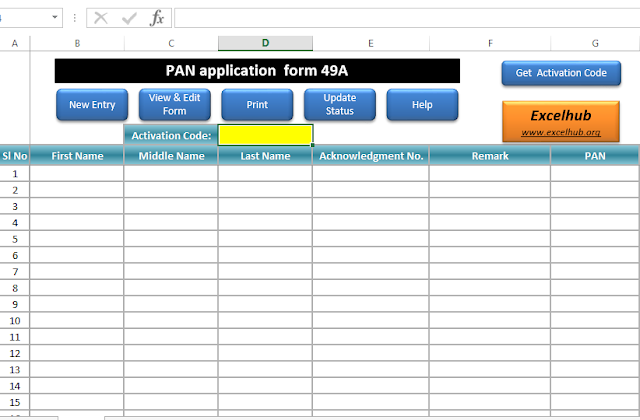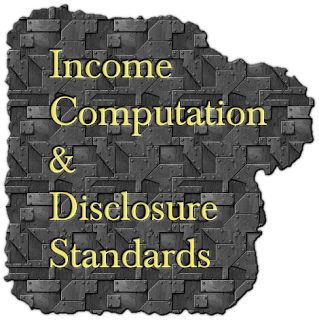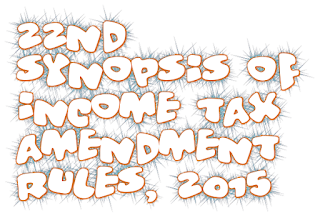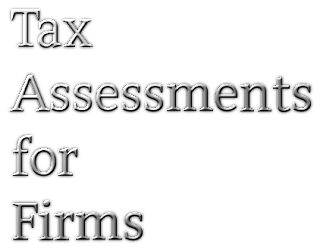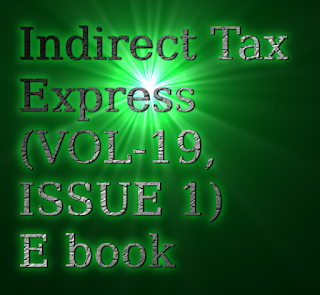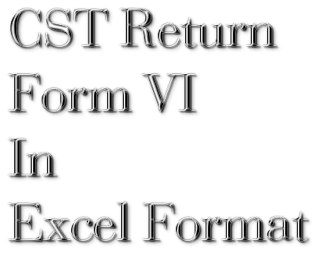Deduction from taxable income in respect of certain payments
Section 80C [Deduction upto Rs 1.5 Lacs]
1. Life Insurance Premium
Policy issued LIP should be restricted to
Before 1/4/12 20% of Actual Capital Sum insured
On or after 1/4/12 10% of Actual Capital Sum insured
On or after 1/4/13 for person suffering from disability 15% of Actual Capital Sum insured
Any sum received under Life Insurance Policy (except keyman insurance policy) along with
bonus is exempt from tax if premium was payable as per aforesaid restriction. However amount
received on death of insured is exempt in all cases (except keyman insurance policy).

2. Deferred Annuity Contract (Self, Spouse, Child) (LIC/Other insurer notified by central
government)
3. Contribution to
a. RPF (employee) / SPF (Government employee) / PPF(Self, Spouse, Child)
b. Approved Super Annuation Fund (Employee)
c. ULIP of UTI (Self, Spouse, Child) / LIC-MF (Self, Spouse, Child)
d. Pension Fund setup by MF/NHB (Lock in period: 5 years)
e. Pension Fund setup by LIC or Other insurer (80CCC), setup by Govt (80CCD)
f. Sukanya Samriddhi Yojna Account
g. Senior Citizen Saving Scheme 2004 (SCSS)
4. Subscription to
a. National Saving Certificate
b. Mutual Fund units
c. Equity Share/Debenture of Public Co. or Public Financial Institution approved by CBDT
(Lock in period: 3 years)
d. Notified bonds of NABARD
5. Deposits
a. Deposit Scheme of National Housing Bank
b. Notified deposit scheme of
i. Public Sector Company providing finance for house
ii. Authority of housing, development etc.
c. Post Office Saving Bank 10/15 year A/c
d. Post Office 5 year Time Deposit A/c
e. Senior Citizen 5 year Saving A/c
f. 5 year FD A/c with scheduled Bank under scheme of central government
6. Residential house property
a. Amount spent in purchasing/constructing (Lock in period: 5 years)
b. Stamp duty and registration charges
7. Tuition fees of 2 children to University/College/School in India
Section 80CCG [Equity Saving Scheme]
• Acquire Listed Equity Shares or Listed units of Equity oriented funds (notified by central
government)
• Deduction allowed: 50% of investment
• Maximum deduction: Rs. 25000/-
• Lock in period: 3 years from date of acquisition (Capital Gain exempt if sold after 3 years)
• Deduction can be claimed for 3 consecutive years
Eligibility:
1. Resident Individual should be a new retail investor
2. Gross Total Income is upto Rs. 12 Lac (GTI is the income before allowing any deduction under
this chapter)
Section 80D [Medical Insurance Premium for Individual/ Hindu Undivided Family]
For Individual:
- Purpose
1. Keep in force health insurance for self, spouse, dependent children
2. Preventive Health Checkup of self, spouse, dependent children
3. Contribution to Central Gov Health Scheme
4. Keep in force health insurance for parents of individual
5. Preventive Health Checkup of parents of individual
Expenditure allowed
1. Rs. 15000 for self, spouse, dependent children (wherein expense on preventive health
checkup shall not exceed Rs. 5000)
2. Rs.15000 for parents (wherein expense on preventive health checkup shall not exceed
Rs. 5000)
Rs. 15000 should be replaced for Rs. 20000 in case of a senior citizen
- Payment mode
Preventive Health Checkup: Any
Other purpose: Other than cash
For HUF:
- Purpose: Keep in force an insurance on health of any member of HUF
- Expenditure allowed: Rs. 15000/- (In case of senior citizen Rs. 20000/-)
- Payment mode: same as above
Section 80E [Interest on Loan for Higher Education]
- Interest on Loan for Higher Education (after 12th) of self/ spouse/ children
- Deduction is available for 8 years beginning from the year in which payment of interest on the
loan begins
Section 80EE [Interest on Loan for Residential House]
- If an individual who does not own any other residential property on the date of sanction of loan
- took loan during 1/4/13 to 31/3/14 not exceeding Rs. 25 Lac
- for buying house worth Rs. 40 Lac or less
- deduction can be claimed for interest payment of Rs. 1 lac
- from incomes of years 13-14 and 14-15 in totality.
Section 80TTA [Interest earned on Saving A/c]
Upto Rs. 10000 interest earned on deposit in saving bank account (not time deposit/ FD) is
allowed to be deducted from taxable income
Credits: CA Rupal Jain
Section 80C [Deduction upto Rs 1.5 Lacs]
1. Life Insurance Premium
Policy issued LIP should be restricted to
Before 1/4/12 20% of Actual Capital Sum insured
On or after 1/4/12 10% of Actual Capital Sum insured
On or after 1/4/13 for person suffering from disability 15% of Actual Capital Sum insured
Any sum received under Life Insurance Policy (except keyman insurance policy) along with
bonus is exempt from tax if premium was payable as per aforesaid restriction. However amount
received on death of insured is exempt in all cases (except keyman insurance policy).

2. Deferred Annuity Contract (Self, Spouse, Child) (LIC/Other insurer notified by central
government)
3. Contribution to
a. RPF (employee) / SPF (Government employee) / PPF(Self, Spouse, Child)
b. Approved Super Annuation Fund (Employee)
c. ULIP of UTI (Self, Spouse, Child) / LIC-MF (Self, Spouse, Child)
d. Pension Fund setup by MF/NHB (Lock in period: 5 years)
e. Pension Fund setup by LIC or Other insurer (80CCC), setup by Govt (80CCD)
f. Sukanya Samriddhi Yojna Account
g. Senior Citizen Saving Scheme 2004 (SCSS)
4. Subscription to
a. National Saving Certificate
b. Mutual Fund units
c. Equity Share/Debenture of Public Co. or Public Financial Institution approved by CBDT
(Lock in period: 3 years)
d. Notified bonds of NABARD
5. Deposits
a. Deposit Scheme of National Housing Bank
b. Notified deposit scheme of
i. Public Sector Company providing finance for house
ii. Authority of housing, development etc.
c. Post Office Saving Bank 10/15 year A/c
d. Post Office 5 year Time Deposit A/c
e. Senior Citizen 5 year Saving A/c
f. 5 year FD A/c with scheduled Bank under scheme of central government
6. Residential house property
a. Amount spent in purchasing/constructing (Lock in period: 5 years)
b. Stamp duty and registration charges
7. Tuition fees of 2 children to University/College/School in India
Section 80CCG [Equity Saving Scheme]
• Acquire Listed Equity Shares or Listed units of Equity oriented funds (notified by central
government)
• Deduction allowed: 50% of investment
• Maximum deduction: Rs. 25000/-
• Lock in period: 3 years from date of acquisition (Capital Gain exempt if sold after 3 years)
• Deduction can be claimed for 3 consecutive years
Eligibility:
1. Resident Individual should be a new retail investor
2. Gross Total Income is upto Rs. 12 Lac (GTI is the income before allowing any deduction under
this chapter)
Section 80D [Medical Insurance Premium for Individual/ Hindu Undivided Family]
For Individual:
- Purpose
1. Keep in force health insurance for self, spouse, dependent children
2. Preventive Health Checkup of self, spouse, dependent children
3. Contribution to Central Gov Health Scheme
4. Keep in force health insurance for parents of individual
5. Preventive Health Checkup of parents of individual
Expenditure allowed
1. Rs. 15000 for self, spouse, dependent children (wherein expense on preventive health
checkup shall not exceed Rs. 5000)
2. Rs.15000 for parents (wherein expense on preventive health checkup shall not exceed
Rs. 5000)
Rs. 15000 should be replaced for Rs. 20000 in case of a senior citizen
- Payment mode
Preventive Health Checkup: Any
Other purpose: Other than cash
For HUF:
- Purpose: Keep in force an insurance on health of any member of HUF
- Expenditure allowed: Rs. 15000/- (In case of senior citizen Rs. 20000/-)
- Payment mode: same as above
Section 80E [Interest on Loan for Higher Education]
- Interest on Loan for Higher Education (after 12th) of self/ spouse/ children
- Deduction is available for 8 years beginning from the year in which payment of interest on the
loan begins
Section 80EE [Interest on Loan for Residential House]
- If an individual who does not own any other residential property on the date of sanction of loan
- took loan during 1/4/13 to 31/3/14 not exceeding Rs. 25 Lac
- for buying house worth Rs. 40 Lac or less
- deduction can be claimed for interest payment of Rs. 1 lac
- from incomes of years 13-14 and 14-15 in totality.
Section 80TTA [Interest earned on Saving A/c]
Upto Rs. 10000 interest earned on deposit in saving bank account (not time deposit/ FD) is
allowed to be deducted from taxable income
Credits: CA Rupal Jain
Read More
